Crochet Hooks for Textured Stitches: Choosing the Perfect Tool for Textured Crochet
Every crafter knows: the right tool can make all the difference. And when it comes to crocheting textured patterns, the choice of hook becomes even more critical. It affects not only the ease of your work but also the final look of your textured fabric. Forget about random selection—let’s explore how to choose the ideal hook for your crochet cables, bobble stitches, basketweave, and other relief patterns.
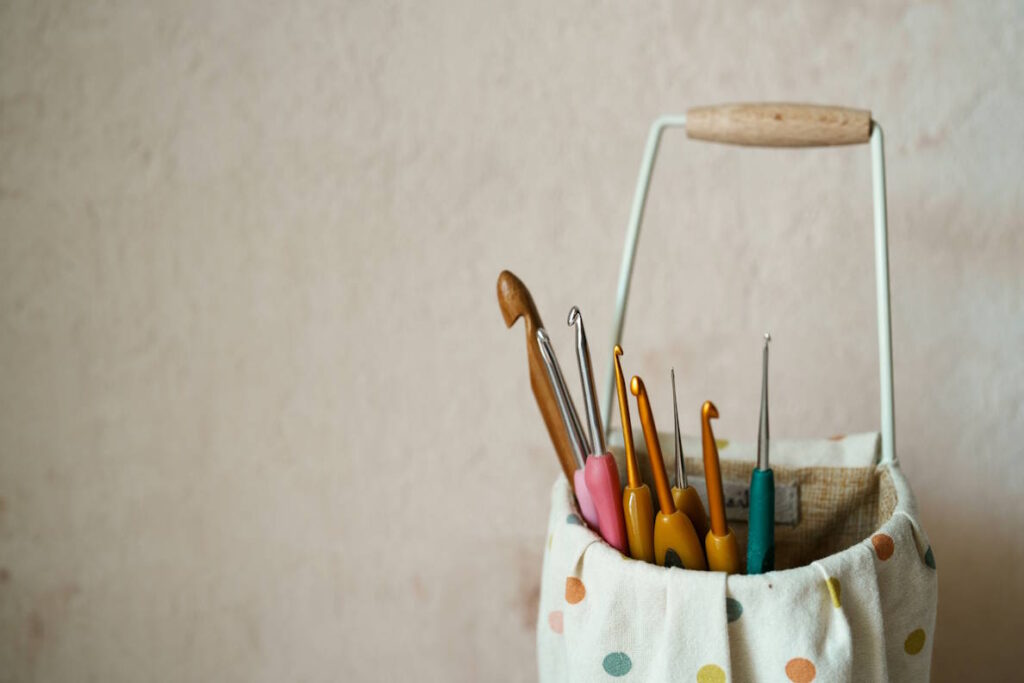
1. Hook Size: The Golden Rule for Volume
The most crucial factor! For chunky crochet patterns, it’s often recommended to use a hook half a size or even a full size larger than what is suggested for your yarn on the label.
- Why? Textured stitches, such as post stitches, tend to pull the fabric tighter. A larger hook helps to compensate for this tension, making the pattern more defined and the fabric soft, elastic, and not overly dense.
- Result: Your textured crochet stitches will appear more even, without distortion, and won’t feel too stiff.
2. Hook Material: Comfort and Control
The material of your hook influences how smoothly the yarn glides and how it feels in your hand while crocheting.
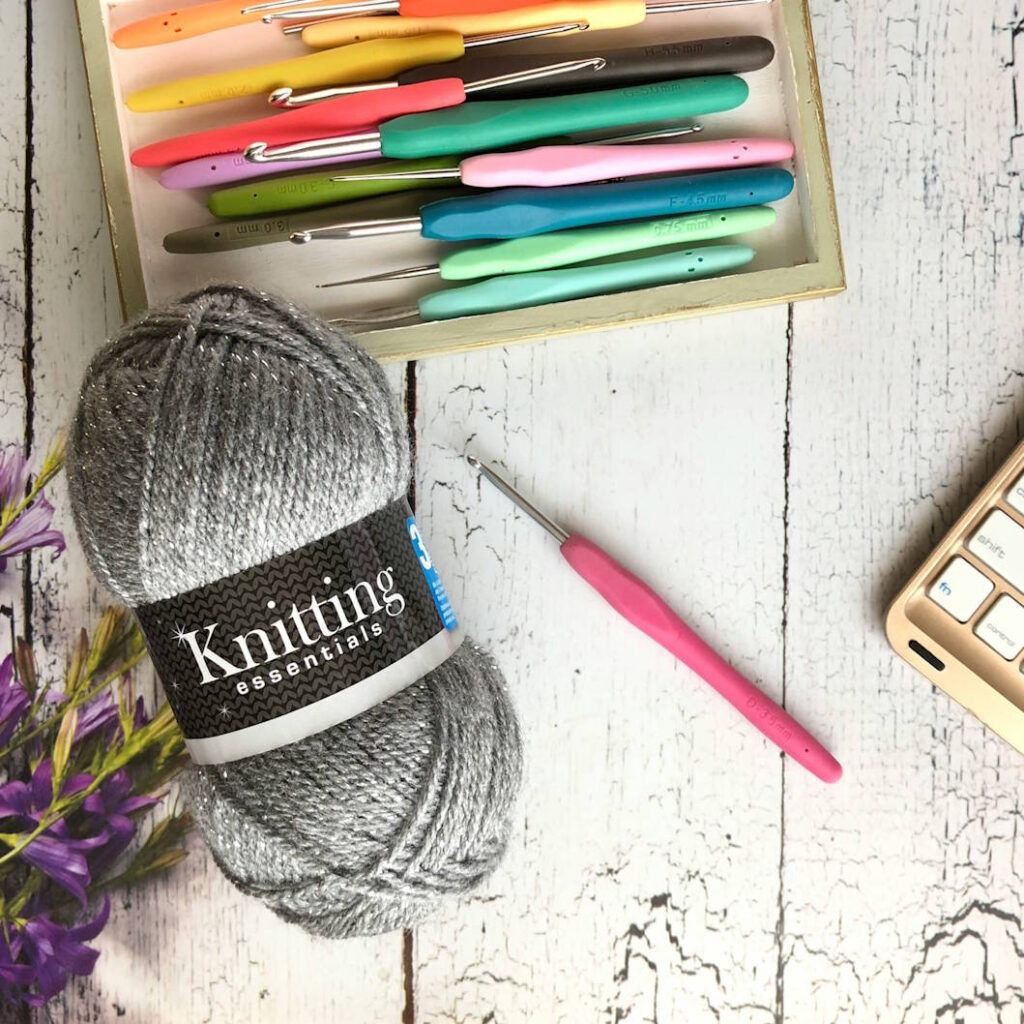
The best choice for textured crocheting
- Metal Hooks (aluminum, steel): Very popular. Yarn glides easily over them, which is ideal for those who crochet quickly or have a tight tension. They are durable and maintain their shape well.
- Plastic Hooks: Lightweight, but yarn might glide a bit slower. A great option for bulky yarns, where metal hooks might feel too heavy.
- Wooden/Bamboo Hooks: Yarn glides slower on these than on metal hooks. This can be an advantage if you’re working with fuzzy or slippery yarns, as it provides better control. They are also very pleasant to touch and not cold in the hands.
3. Hook Head Shape: “In-line” vs. “Tapered”
There are two main hook head shapes, and each has its advantages for textured crochet:
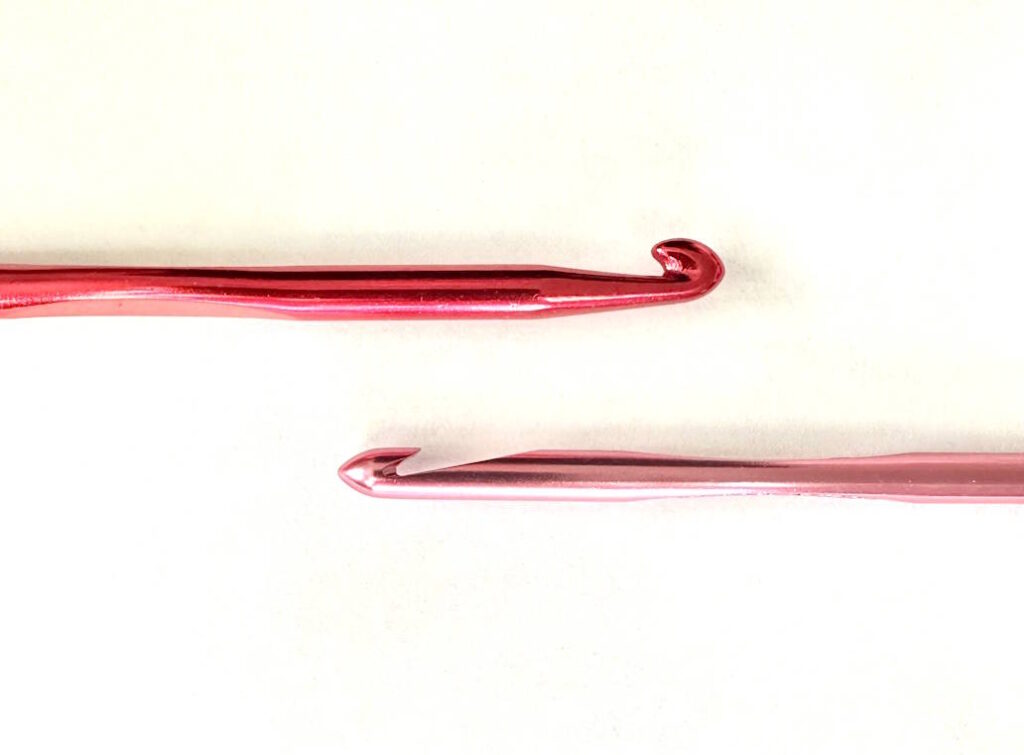
- “In-line”: The hook head is aligned with the shaft. It has a distinct “hook” and a shallower throat.
- “Tapered”: The head tapers down to a point. It has a more rounded shape.
- Pros: Enters stitches more easily, as the sharper tip facilitates penetration, then smoothly catches the yarn. This can be comfortable for those accustomed to this shape.
4. Ergonomic Handle: The Key to Comfort
When working for extended periods on voluminous crochet patterns that require more effort and precision, an ergonomic handle can be your best friend. It reduces strain on your hands and wrists, allowing you to crochet longer and with greater comfort. Look for handles that fit comfortably in your hand.
Conclusion:
Choosing the ideal hook for textured crochet is a blend of personal preference and understanding how different hook characteristics impact the process. Don’t be afraid to experiment with various sizes and types to find your perfect tool. It’s an investment that will pay off in beautiful, comfortable, and perfectly textured creations!
Love exists. Just add a twist!
Olha

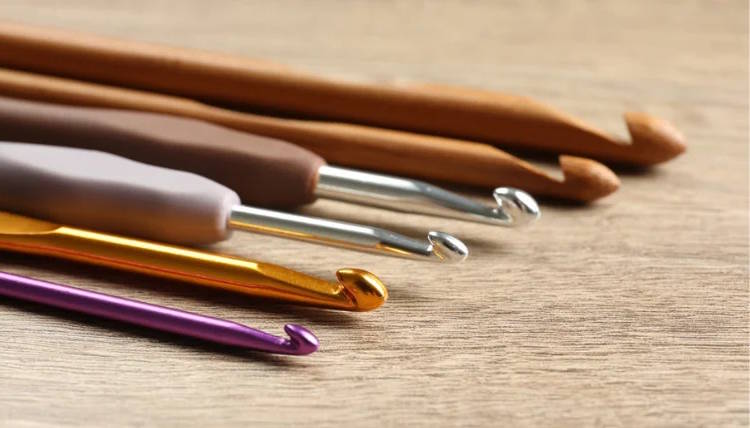
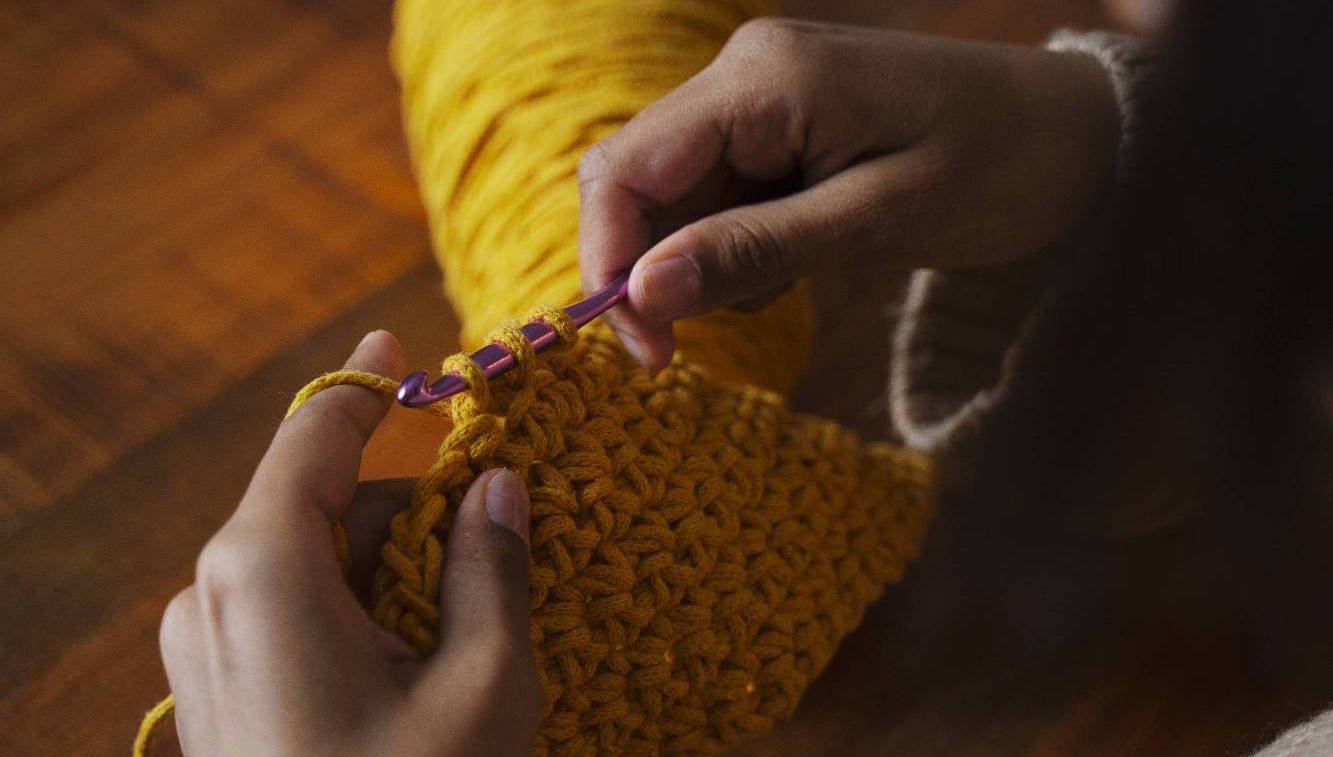
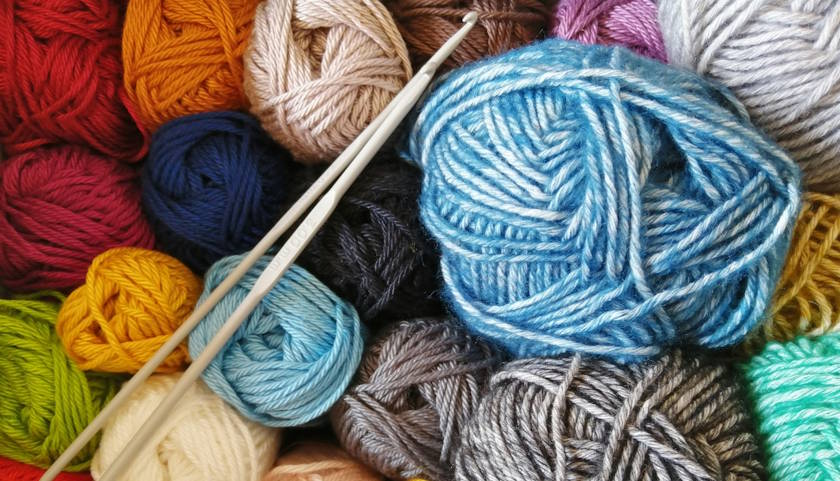
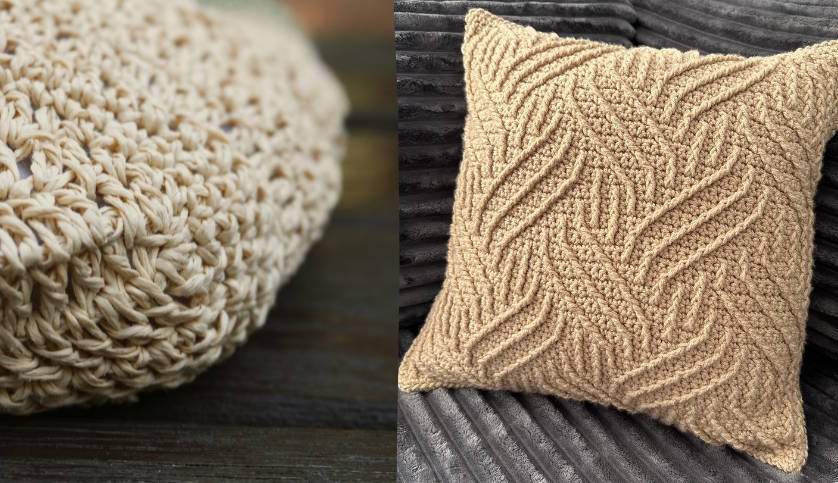
Leave a Reply